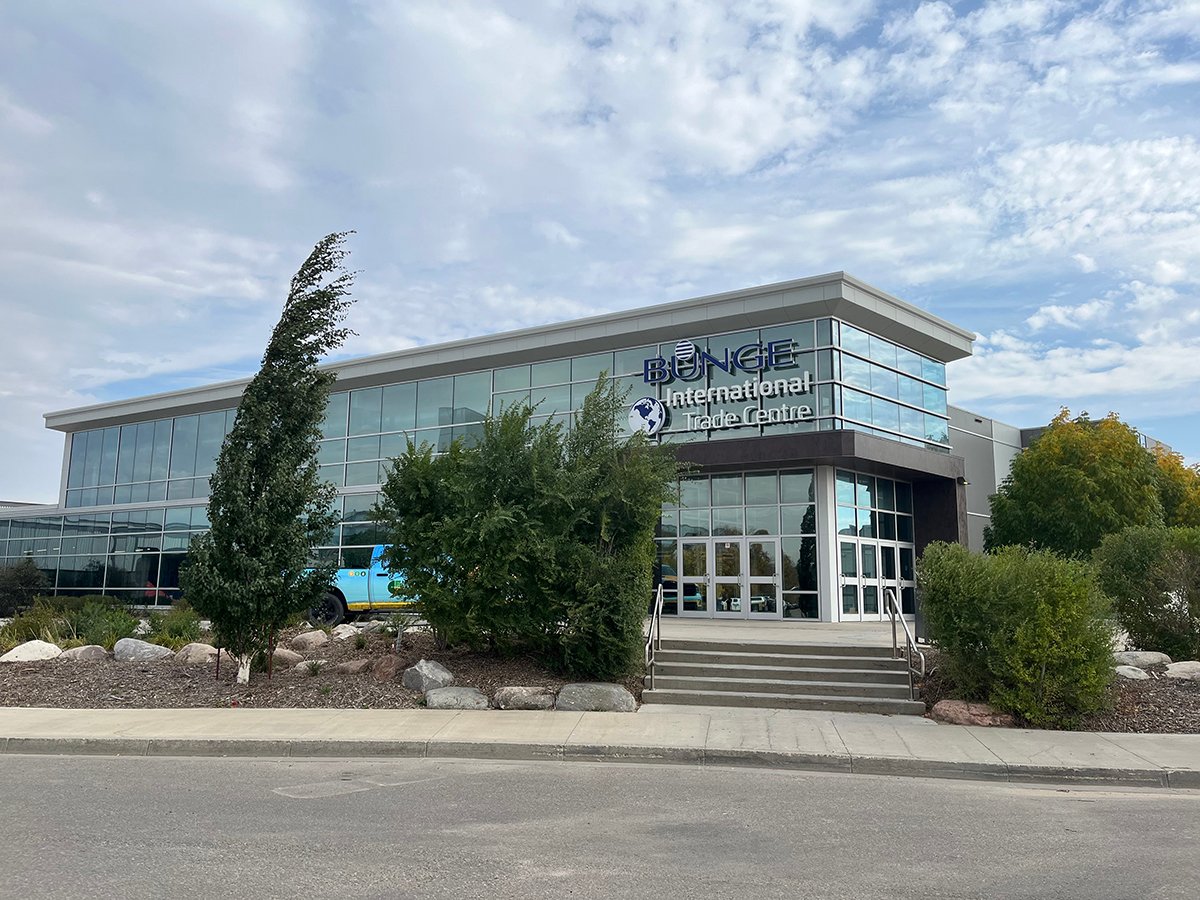Alberta premier Ralph Klein’s vocal opposition to hunt farms has
shocked the province’s elk and white-tailed deer industries, which
had been trying to convince the government to approve such farms.
During a daily media briefing at the legislature, Klein told reporters
he opposed hunt farms, also called cervid harvest preserves, and would
fight new legislation that would allow elk and deer to be hunted in
fenced areas.
“I just find it inhumane to have elk or other wild animals penned and
Read Also

Grain firm merger means changes for Canada’s Farm Show
Bunge replaces Viterra on local building, event sponsorship at Canada’s Farm Show.
then people being allowed to shoot them.”
Ian Thorliefson, an elk industry consultant on the committee set up by
the elk and white-tailed deer associations to get hunt farms approved
in Alberta, said the premier’s comments took them off guard.
“Mr. Klein has never yet taken the opportunity to discuss this CHP
proposal with us. He’s never attended any of our presentations and
hasn’t been at any of the meetings. He has not attempted to understand
what we’re proposing.”
Klein’s opposition to hunt farms is a typical “uninformed” attitude,
Thorliefson said.
The confirmation of chronic wasting disease in the province in March
should encourage legislative changes to allow the industry, not
discourage it, he said.
“If you think it through, and you’re well informed, you’d realize CHPs
are the perfect opportunity to slaughter more elk and examine them for
the presence of CWD. Really, the fact CWD is present in Alberta should
mean we would move more quickly to CHPs.
“The animals don’t move out of the province and they are slaughtered
and examined in the province to give us a better opportunity to prove
we’re free of the disease.”
Alberta’s elk and deer industry wants the provincial government to
change its legislation to allow the hunting of older elk and
white-tailed deer in fenced areas.
It says the fenced areas would allow hunters to shoot trophy elk and
deer and would give the industry a $30 million boost.
Prairie elk and deer farmers have been hit hard in the past two years
by the dramatic drop in antler prices when CWD was confirmed on
Saskatchewan elk farms. Until last month, there was no confirmation of
CWD in Alberta, but elk farmers were hit with the same low elk antler
prices, a large source of the elk industry’s income.
Thorliefson said elk industry leaders talked to their MLAs to get
assurances that their hunt farm proposal won’t die with Klein’s remarks.
“They listened to where we were at and agreed there was no reason the
proposal shouldn’t move ahead. Because CWD was found in the province,
they accepted our viewpoint it would give us a better opportunity to
monitor and eradicate the disease,” he said.
“Ultimately, CHPs are alternative slaughter houses.”
Dave Ealey, communication spokesperson with the province’s sustainable
resource development department, said the government report into hunt
farms would continue.
Both his minister, Mike Cardinal, and Alberta agriculture minister
Shirley McClellan have committed to bring forward a report to the
standing policy committee on the pros and cons of hunt farms.
“They will take into consideration information from the meetings held
around the province and new things that have come to light, like
chronic wasting disease found in the province,” he said.














